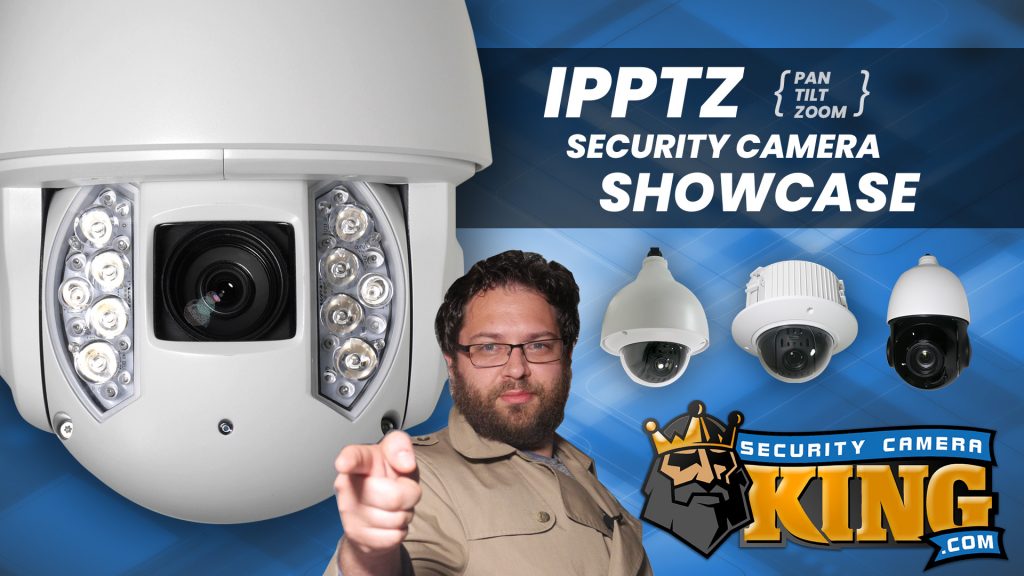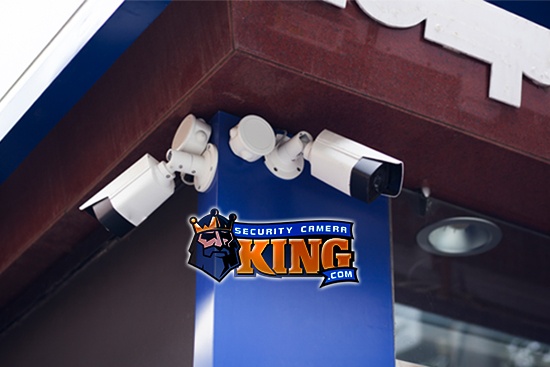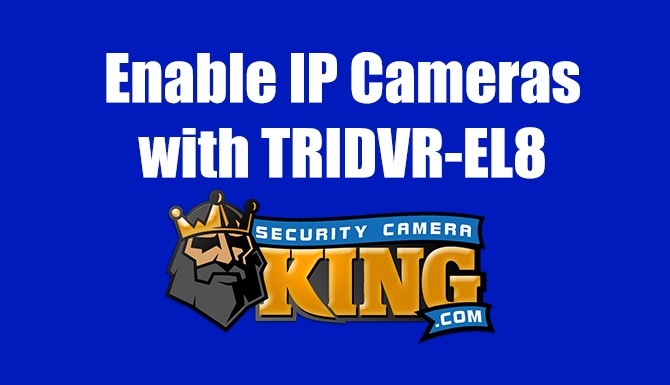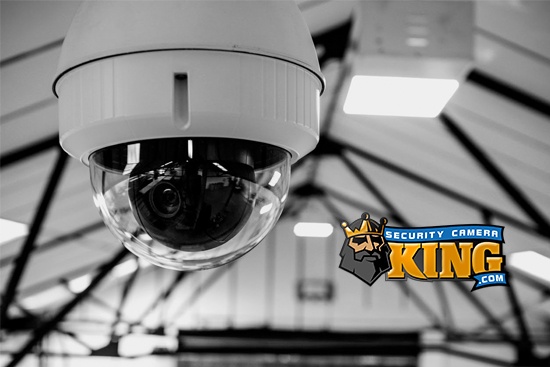Security cameras are becoming significantly more prevalent in our society every day. This increase is due in part to the technology behind them getting better and better all of the time. As these improvements take place, the cost is also coming down at about the same rate. Because of all of these improvements in security camera technology there are far more types and styles available to the consumer today then every before and this variety can easily confuse even a tech-savvy buyer. In this article we’re going to take a look at the assortment of designs and features that are offered with some of the surveillance cameras on the market today and provide you with some useful information that should help you make the decision of which camera will work best for you. It will serve as a useful guide on security camera comparisons
That first thing that you should consider when you’re buying a security camera is whether it will be mounted outside or indoors. All security cameras are designed to work inside a structure but only a portion of them are designed to work outside, in the elements. Indoor cameras are usually less expensive, weigh less and are made with lighter materials. Surveillance cameras that are designed to be mounted outside are usually made of a stronger material, such as metal or a thick plastic, and sealed in such a way that they will keep moisture and debris out of the delicate internal electronic components to varying degrees. There is a rating system, called the IP code, which will help you determine what level of protection that a camera provides and allow you to choose the camera that will work best in the environment of your installation. This rating system is too complicated to explain in detail here but it’s a good idea to make sure that you use a camera that has an IP66 rating for outside installations. This means that the camera’s housing will protect the more delicate parts of the camera from dust and jets of water.
There are variations in the way that security cameras are built, both functional and aesthetic, that are a consideration when deciding what type of camera will work best for you. There are basically four different styles of cameras: box, bullet, dome and PTZ. There are a few differences in these types of cameras in the manner in which they can be mounted and where they can be installed.
A box camera is usually a rectangular camera that needs to have a separate lens attached to it. These lenses are available in a wide variety of zoom levels and are usually larger than those in other types of cameras. These larger lenses allow more light to be processed by the camera, resulting in a higher quality image. If box cameras are installed in an outside environment, they will also need to be mounted inside a housing to help protect them from the elements. These cameras are highly noticeable and because of this, they are effective in the role of a criminal deterrent as well as providing high quality video footage. The lenses for these cameras can be built with a varifocal lens, which means that you can manually adjust the level of zoom to suit your needs.

Box Security Camera With Lens Attached
A bullet security camera is a surveillance camera that has an oblong or cylindrical shaped housing, which is fixed to the mounting surface by some sort of an arm. These cameras allow you to easily mount and adjust them to the desired field of view. Bullet cameras are often designed for indoor and outdoor installations, but it’s still a good idea to check the IP code rating if you’re planning to use them outside. Unlike box cameras, bullet cameras can be designed with infrared (IR) lights around the lens of the camera. This IR lighting is triggered with an internal light sensor, so that the camera will be switched to IR mode once the lighting levels drop below a certain point. Once the camera is in this mode it will be able to show video in complete darkness.

Bullet Security Camera
A dome camera has a bulbous shape to it and can be mounted on most flat surfaces. This design offers the highest level of vandal resistance, which means that these security cameras make it very hard for anyone to tamper with them after they’ve been mounted. This type of camera is also available with infrared lighting built in to it so that it doesn’t need a visual light source to be able to record video for you. Dome style cameras are available in models that are designed to be mounted indoors exclusively or models that can be mounted indoors or outside.

Dome Security Camera
Another type of surveillance camera that is very popular these days is a called a Pan Tilt Zoom camera or PTZ. This type of camera allows you to get the camera to pan around horizontally, tilt up and down vertically, and zoom in and out. All of these abilities are controlled from the DVR or over the Internet depending on the type of DVR you have and how it’s configured. These cameras are available in indoor and outdoor versions with widely varying magnification levels that can include both mechanical and digital zoom functions. PTZ cameras offer you the ability to have a look around the area where it’s mounted while you’re away from it. Some of them even have an auto tracking feature which will let it follow movement automatically.

Pan Tilt Zoom (PTZ) Security Camera
All of these styles of security cameras are available in two different signal standards that have been around for years – Analog and IP. There is also a third signal standard that has arrived on the scene recently that is called HD-CVI.
Analog cameras have been around the longest of the three types and are still the most common. These cameras have BNC connectors for video, and they can use a few different types of cables to connect them directly to a DVR and some form of power supply. BNC connectors are circular with two small posts that lock the connection in place.
IP cameras have also been around for years now, but they are still newer than analog cameras. They are connected to a network through a standard network cable, either a CAT5 or CAT6 cable. These cameras are capable of megapixel resolution but can put a stain on a network’s resources unless the network is designed to handle significant bandwidth or a separate network is built for multiple cameras of this type.
HD-CVI cameras are the newest type of signal standard. These cameras are capable of delivering megapixel quality video footage and the video signal doesn’t go through a network. The cameras for this type of security camera system use BNC connectors and RG59 to transmit the signal to a DVR specifically designed to work with this type of camera. You can learn more about this amazing technology and the specifics of what HDCVI is here.






